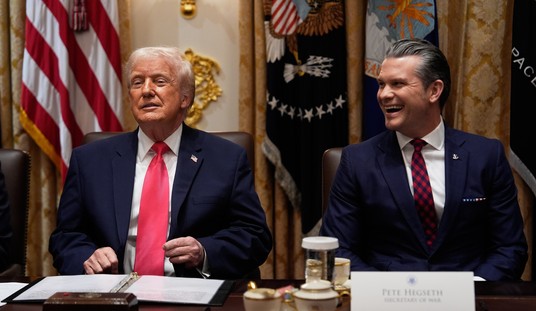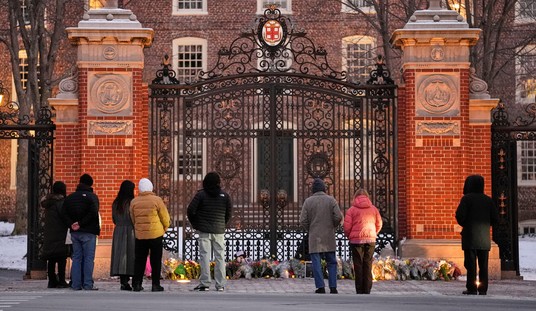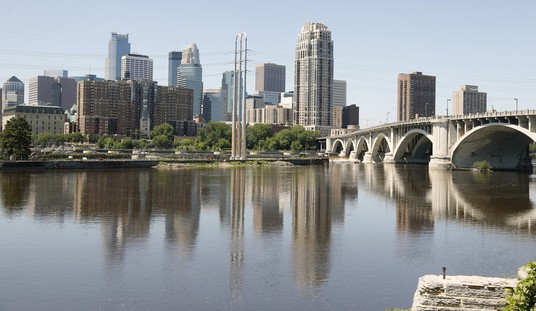When New York Governor Kathy Hochul, whose state has banned natural gas pipelines because “climate change,” goes all in for nuclear energy, you know the revolution is under way. For decades, the anti-nuclear movement moved from protesting nuclear weapons to oppose nuclear energy as well.
But not today. Gov. Hochul, in an adjunct to her state of the state speech in January, said her administration supports a grant request by Constellation Energy for federal funding to build one or more small modular nuclear reactors at its Nine Mile Point site in Oswego. Constellation’s four New York State reactors provide about a fifth of the state’s electricity.
Hochul’s announcement dovetailed the release of a state “Blueprint for Consideration of Advanced Nuclear Energy Technologies,” crafted by the Brattle Group for the New York State Energy Research and Development Authority.
NYSERDA CEO Doreen Harris acknowledged that, “We aren’t expecting to power our grid only with wind, or solar, or hydroelectric power. And that will need tens of gigawatts of what we call dispatchable emissions-free resources to complement those renewables. So this was a technology that was on the table.”
New York is hardly the only state now championing the nuclear comeback that began with the 12-year fight in Georgia to build Vogtle Units 3 and 4.
After decades of propaganda claiming that wind and solar (and, yes, geothermal) could provide sufficient, reliable, uninterrupted electricity for a nation of 330 million, the burgeoning demand for energy for data mining, artificial intelligence, and other power-hungry emerging technologies has brought a change of heart among many former opponents, even if their fears of radiation poisoning remain.
Recommended
Take Utah, where Google and Meta are building energy-intensive data mining centers in Eagle Mountain. The city is considering allowing small modular reactors (SMRs) along with natural gas power plants and battery storage systems on city land. The city’s planning commission, however, said, “Wait a minute here.”
Their concern, according to Evan Barrett, the city’s economic development director, was that “we just don’t have the workforce here, we don’t have the supply chains here, we don’t have a lot of the infrastructure necessary to actually support small modular reactors.”
One might conclude that city leaders just want their slice of the $20.4 million pie proposed by Governor Spencer Cox to fund development of infrastructure for nuclear power. Utah just joined Texas in suing the Nuclear Regulatory Commission to loosen federal licensing requirements for SMRs – and the new Trump Administration is likely to make the requested changes.
Utahans may be looking at neighboring Wyoming, where the Bill Gates-funded TerraPower has already received a state permit to begin construction of the non-nuclear portions of its Natrium coal-to-nuclear power plant, the Kemmerer Power Staton Unit 1.
This includes the “energy island” that will hold the plant’s turbines and molten-salt energy storage tanks. TerraPower had earlier received an $80 million Department of Energy grant for the project, as part of DOE’s Advanced Reactor Demonstration Project program.
Down in South Carolina, there is talk of reviving the canceled VC Summer nuclear project, which left state ratepayers on the hook for billions in sunk costs, former executives in prison, and the partially completed project dormant – but apparently not dead.
State-owned utility Santee Cooper, which co-owns the site with Dominion Energy, last month issued a request for proposal to seek a buyer to purchase the unfinished nuclear reactors at VC Summer and finish the job. Proposals are due by May 5.
Santee Cooper president and CEO Jimmy Staton told state lawmakers that, “We think it will benefit our customers and … the people of South Carolina.” Popular South Carolina Governor Henry McMaster added, “We have to have power. There’s no substitute.”
Over in Arizona, the state’s three largest electric utilities on February 5 jointly announced they have been monitoring emerging nuclear technologies and have a shared interest in evaluating their potential to meet the state’s rising energy demand. The utilities – Arizona Public Service, Salt River Project, and Tucson Electric Power – plan to consider SMRs as well as larger reactors and will assess a range of possible locations, including present and former coal plant sites.
APS president Ted Geisler admitted that new nuclear generation would take more than a decade to develop but said the planning and exploration of options must begin now. APS, which owns and operates the nuclear Palo Verde Generating Station west of Phoenix, is spearheading the joint effort.
The three utilities have applied for a Department of Energy grant that would support a three-year site selection process and possible preparation of an early-site permit application to the NRC. Unless the Trump Administration streamlines the permitting process, any future plant might not be operational until the 2040s.
Up in Iowa, NextEra Energy Resources has begun actions to recommission the shuttered 600-megawatt Duane Arnold nuclear plant, a move deemed vital to meeting Iowa’s future energy needs. NextEra filed notice with the NRC that it will request a licensing change for the plant, a necessary first step to establish the regulatory pathway to restore the facility’s operating license. The hope is to have the plant up and running again by the end of 2028.
Much has been written about the nuclear revivals in Tennessee, Texas, and Georgia, and these are hardly the only states where advanced nuclear reactor technologies are getting a hard look. But the bright nuclear future is not guaranteed.
While Tema EFT CIO Yuri Khodjamirian says that Trump Administration backing could spur a nuclear “renaissance,” developing the emerging nuclear technologies, he admits, is “going to take time.” And time gives nuclear’s enemies – and competitors -- opportunity.
As Casey Crownhart wrote recently in Technology Review, “The next few years are crucial for next-generation nuclear technology.”
But for now, nuclear’s future looks so bright I gotta wear shades.
Duggan Flanakin is a senior policy analyst at the Committee For A Constructive Tomorrow who writes on a wide variety of public policy issues.

























Join the conversation as a VIP Member